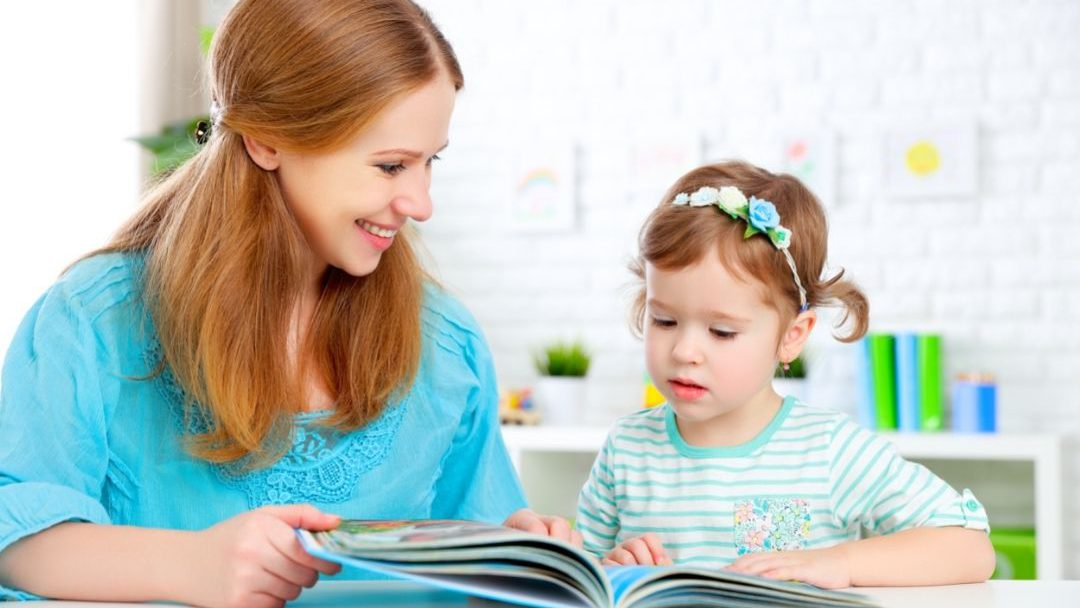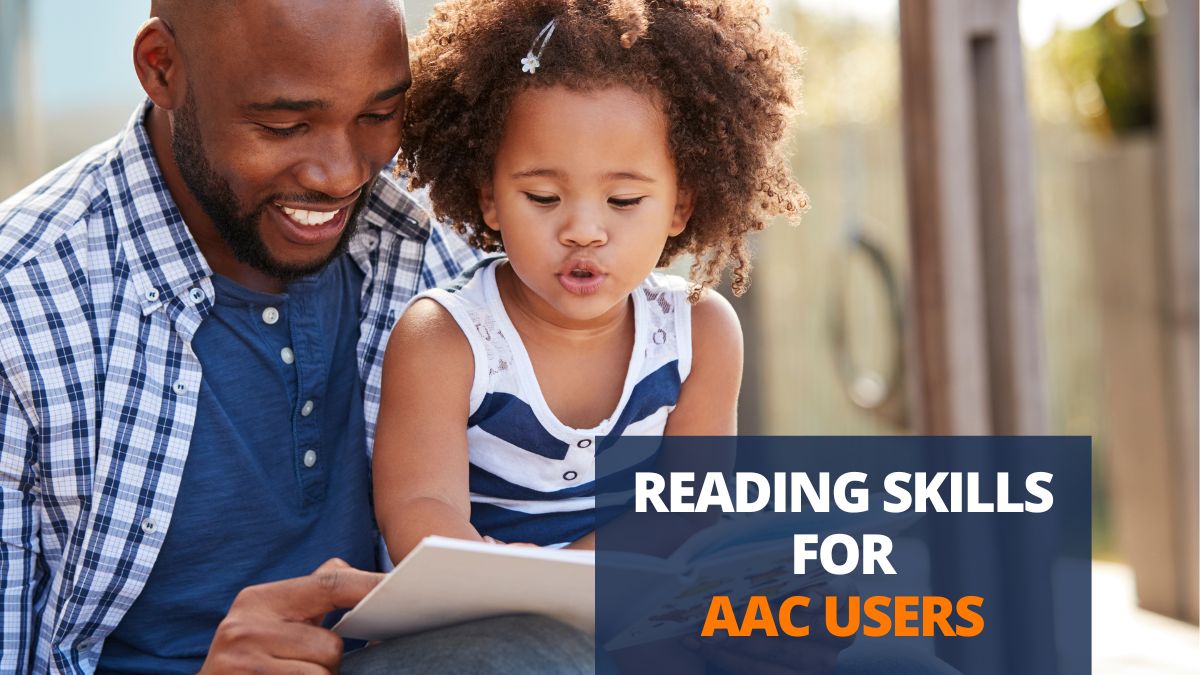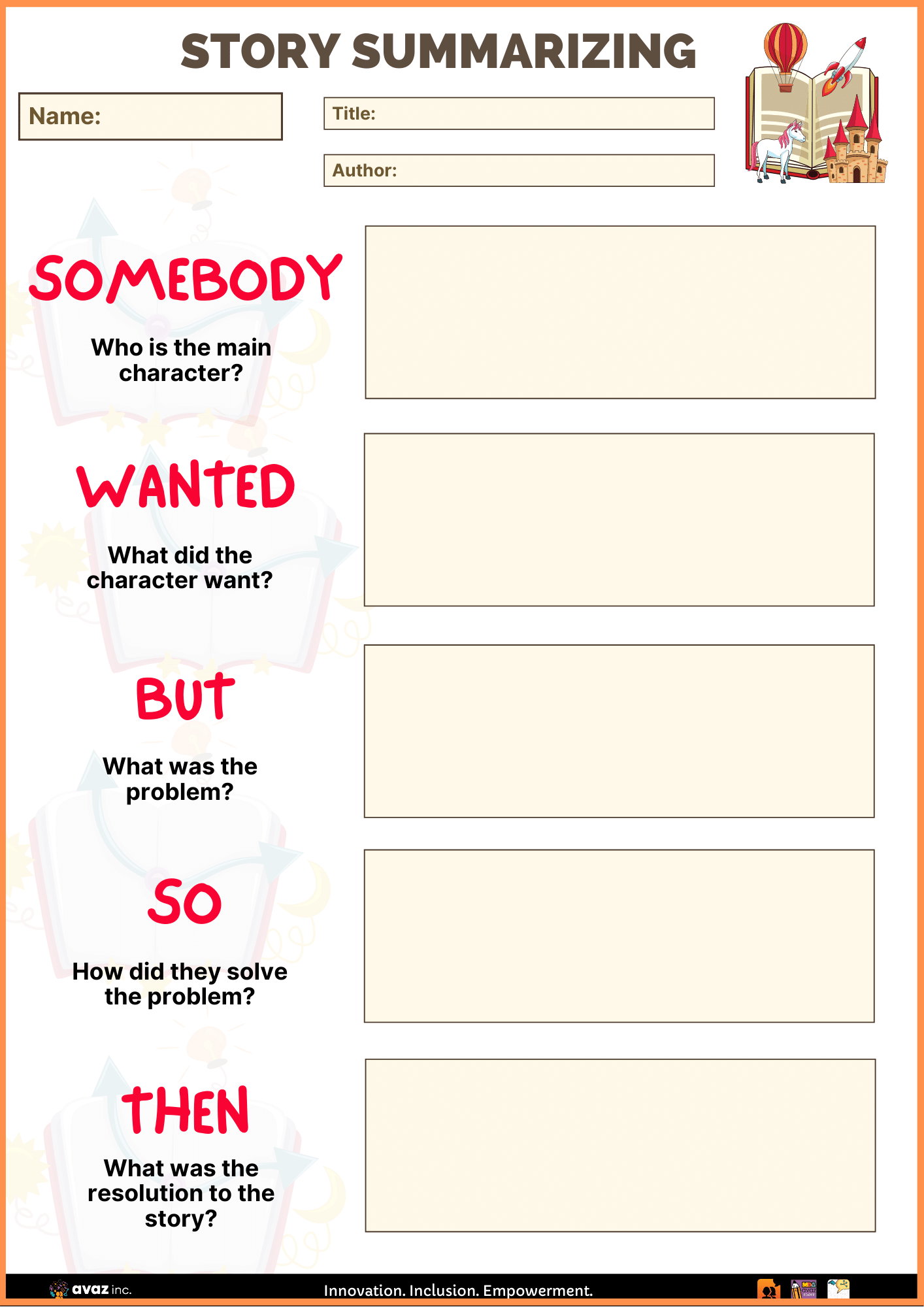Books with no words?….YES.
These books are so versatile that they can be used with children of any age or disability. The main reason being there is no text involved here. Children love them as it takes the “reading “out of the language task and there are only illustrations to guide them to form the storyline. Even reluctant readers may willingly participate in reading wordless picture books and gain language skills through the activity.


Goals You can Address With Wordless Books
You can use wordless storybooks when working on the following target skills
- Building child’s Vocabulary- core and fringe
- Building sentence structure
- Answering questions
- Asking questions
- Providing description
- Using prepositions, conjunctions and tenses
You can also use these books for several higher-level thinking tasks such as making predictions, inferences and problem-solving. The list is endless!
Why wordless storybooks
Research shows that when reading wordless storybooks
- Children rely on their oral language ability to tell a story when they are not burdened with the task of decoding text (Collins & Glover, 2015)
- Books without Text Can Increase Literacy and Vocabulary Skills in Children with Developmental Disabilities according to research from the Emma Eccles Jones College of Education and Human Services at Utah State University
- Parents and Children can engage with each other better while reading these stories because the reading fun is not hijacked by having to focus on the text.
The research, led by professors Sandra Gillam, Ph.D., and Lisa Boyce, Ph.D., examined the language mothers used when their children made comments during shared reading of wordless books as opposed to those with text.
What the Research Says
- Parents used many words and complex sentence structures while engaging their child with wordless books. This finding agrees with the belief that less structured activities like playing with toys, creating shapes with playdoh etc bring out productive language interactions between parent and child.
- Using language to engage in interactions with wordless books gives a strong foundation for literacy in children with developmental disabilities
- Many parents of special children respond naturally to their child while using wordless books with them.
Contrary to the popular belief that they need to be always taught how to respond to their child by their therapist, it was found that they just need help in recognising the various language strategies they are already using and how best to transfer these skills to more structured literacy-based activities.
Using wordless picture books with emergent learners:


A simple way to get your younger one to engage better during shared book reading with a wordless storybook is to connect the book to the child’s background knowledge.
By doing so children -“activate and learn to use existing knowledge that helps them make connections between what they already know and what they are reading (Erickson & Koppenhaver, 2020, pg. 109).”
You can build these connections by looking at the pictures, turning pages, and reading the story, again and again, several times. Each time the parent has something new to talk about and something different that catches the eye. The child makes the connection to their background knowledge and every time they re-read the book, the connection is strengthened.
You can start working on core words and introduce new vocabulary. You can also talk about what the characters are doing, saying and feeling, whenever possible, linking it to a similar context in the child’s life. In addition, we can make predictions, comments and ask questions.
An example for these would be the ‘I think and I wonder statement’.
I think the baby is tired now, but look he is ALL ready TO GO!!
I wonder where he is going NEXT.
Remember on Friday, YOU were very sleepy but still, you WANTed to go for a walk..just like this baby!!
I wonder what will happen next.
How do you think he FEELs.
This boy LOOKs DIFFERENT!!
Just remember to engage with your child. Don’t forget to model on the user’s AAC device as you read along so that they are able to relate the vocabulary to the illustrations in the book.
How to use wordless storybooks with older children?
Some older students may think that these are “kids books”. But once they get to know what we could actually do with them, they can be really enjoy books.
Ask them to predict what the story is about while looking at the cover. They will look for clues and tell us what they see and know for sure. You can use the “I wonder” statements here as well to make predictions about what is not so very clear from the illustrations.’
The “maybe” statements could also help us make guesses. You can do this for every single page. Talk about the characters, what the problems/conflicts are – how they are solved and what happens in the end. You can also work on summarising and sequencing the story while reflecting on it from the perspective of the characters.
“Students who cannot read words can engage in independent reading using picture books (Erickson & Koppenhaver, 2020, pg. 60).
You can easily find books that appeal to any age group on the internet. Just pick a book the child likes to end up having hours of fun while learning!!
WRITTEN BY
Niveditha Ryali
Speech – Language – Swallowing Therapist
I have 16 years of learning experience that comes from working in NHS(UK), special schools, hospitals and private practice. I am passionate about working on improving Speech, Language and Swallowing skills in children and adults. I also strive to facilitate early communication in children with complex communication needs, thereby improving parent-child bonding.


Download adapted books for shared reading here!
References
https://praacticalaac.org/praactical/tell-me-about-it-aac-learning-with-its-okay-to-be-different/
https://www.communicationcommunity.com/best-childrens-books-home-or-therapy/
https://omazingkidsllc.com/tag/wordless-picture-books/
https://speechymusings.com/2016/11/30/wordless-picture-books/



